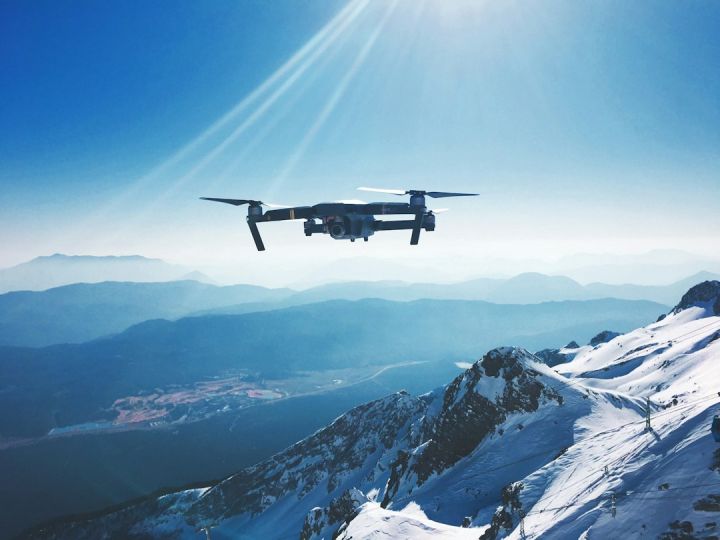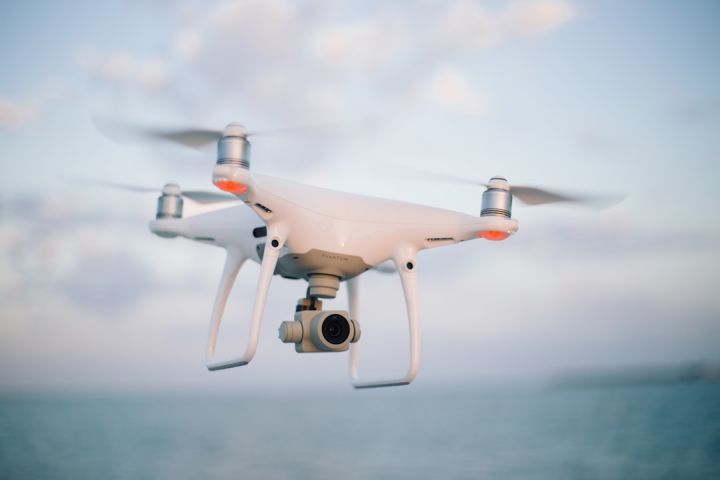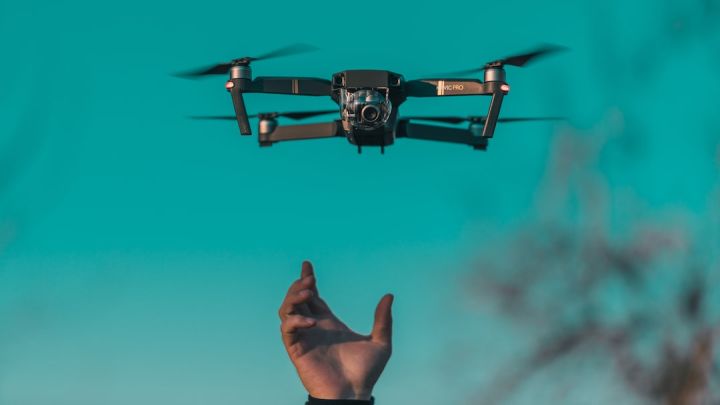How Is Ai Technology Being Integrated into Drones?
In recent years, the advancement of artificial intelligence (AI) technology has revolutionized various industries, and one of the most exciting applications has been the integration of AI into drones. This combination has opened up a whole new world of possibilities for aerial robotics. From autonomous flight to intelligent data analysis, AI-powered drones are changing the way we think about UAVs (Unmanned Aerial Vehicles) and their capabilities. In this article, we will explore how AI technology is being integrated into drones and the potential impact it can have on various industries.
Autonomous Flight
One of the most significant advancements in drone technology has been the development of autonomous flight capabilities. Traditional drones required skilled operators to control their flight path and perform specific tasks. However, with AI technology, drones can now navigate and operate on their own, making them more accessible and efficient.
AI-powered drones use computer vision algorithms to analyze their surroundings and make decisions in real-time. They can detect and avoid obstacles, follow predefined flight paths, and even track moving objects. This level of autonomy not only increases the safety of drone operations but also allows for more complex missions to be carried out with minimal human intervention.
Object Recognition and Tracking
AI technology enables drones to recognize and track objects with remarkable accuracy. Computer vision algorithms can process visual data in real-time, identifying and classifying objects such as vehicles, buildings, and even individuals. This capability opens up a wide range of applications, from surveillance and security to search and rescue operations.
For example, AI-powered drones can be used in disaster-stricken areas to locate survivors and assess the damage. By analyzing the visual data captured by the drone’s cameras, AI algorithms can identify signs of life and prioritize areas that require immediate attention. This not only saves valuable time but also reduces the risks associated with manual search and rescue operations.
Intelligent Data Analysis
Another area where AI technology is being integrated into drones is data analysis. Drones equipped with advanced sensors can collect vast amounts of data, such as images, videos, and environmental readings. However, making sense of this data manually can be a time-consuming and error-prone task.
AI algorithms can analyze the data collected by drones, extracting valuable insights and patterns. For example, in agriculture, drones can capture aerial images of crops, and AI can analyze these images to detect signs of disease or nutrient deficiencies. This information can then be used to optimize crop management strategies and increase yields.
AI-powered drones can also be used for infrastructure inspections. By analyzing visual data and comparing it to historical records, AI algorithms can detect structural defects or areas that require maintenance. This proactive approach can help prevent accidents and reduce maintenance costs.
The Future of AI-powered Drones
As AI technology continues to advance, we can expect even more exciting developments in the field of drone technology. From swarm intelligence to collaborative decision-making, the possibilities are virtually endless.
Swarm intelligence refers to the ability of multiple drones to work together as a team, coordinating their actions and sharing information. This could enable more complex missions, such as large-scale mapping or coordinated search and rescue operations.
Collaborative decision-making involves drones interacting with other AI-powered systems, such as autonomous vehicles or smart city infrastructure. This integration could lead to more efficient and interconnected systems, improving safety and productivity in various industries.
In conclusion, AI technology is revolutionizing the capabilities of drones. From autonomous flight to intelligent data analysis, AI-powered drones are changing the way we think about aerial robotics. The integration of AI into drones opens up a wide range of possibilities, from autonomous surveillance to precision agriculture. As technology continues to advance, we can expect even more exciting developments in the field of AI-powered drones, with the potential to transform various industries and improve our daily lives.







